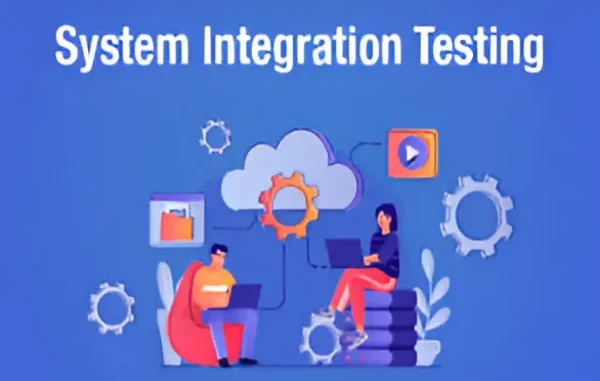
Rarely software programs operate alone in this linked digital environment of today. To deliver seamless user experiences, modern systems rely on smooth communication between several parts, databases, third-party services, and external APIs. Because of its intricacy, system integration testing is now a crucial step in determining whether or not separate parts can cooperate to accomplish desired business goals and user pleasure. Organizations may make well-informed decisions regarding their testing strategy and tool investments by being aware of the particular advantages that a system integration testing tool offers.

1. Enhanced Test Coverage Across Complex System Architectures
Comprehensive test scenarios covering complex component interactions that would be practically difficult to test manually with constant correctness are created by system integration testing tools. By simulating several system states, data changes, and environmental variables at once, these technologies guarantee that integration points are thoroughly validated in a variety of scenarios. Boundary condition testing, load simulation, and failure scenario reproduction are examples of advanced testing capabilities that aid in spotting possible problems before they affect production settings. Thorough coverage gives development teams the assurance that their systems can successfully manage real-world complexity and unforeseen usage patterns while lowering the chance that integration problems will reach end users.
2. Accelerated Testing Cycles and Faster Time-to-Market
Teams may run complex testing scenarios in a fraction of the time needed for manual testing thanks to the automation capabilities offered by SIT technologies. They significantly cut down on the time needed to complete thorough integration test suites. The quick running of tests helps by making it possible to test more often throughout the different stages of development. Early detection and correction of integration issues prevent teams from needing to delay their plans for major changes once the product is almost complete.
3. Improved Accuracy and Consistency in Test Results
Human error, uneven test execution, and subjective result interpretation are problems with manual integration testing that can result in overlooked flaws or false positive results. By carrying out tests with exact repeatability, consistent validation criteria, and objective result reporting that eliminates human bias from testing procedures, SIT instruments reduce these discrepancies. Automated technologies can identify minor integration flaws, such timing difficulties, data corruption, or performance deterioration under particular situations, that can go unnoticed during human testing.
4. Comprehensive Reporting and Detailed Analytics Capabilities
Through in-depth analytics and visualization, modern SIT solutions offer advanced reporting features that provide profound insights into the health of system integration, performance characteristics, and possible risk areas. Trend analysis, performance metrics tracking, problem pattern detection, and integration point monitoring are examples of advanced reporting features that support teams in making data-driven decisions regarding system enhancements. By presenting intricate technical information in easily understood formats, comprehensive test reports help development teams, QA specialists, and business stakeholders communicate.
5. Seamless Integration with Development Workflows and CI/CD Pipelines
Automated testing may be included into regular development workflows without interfering with established procedures because of SIT technologies’ seamless interface with current development environments, version control systems, and continuous integration pipelines. Integration features include scheduled execution for overnight testing, automated test triggering based on code contributions, and the sending of real-time feedback to development teams via well-known channels of communication. Automated deployment testing is another benefit of workflow integration, which guarantees that integration functionality is maintained during deployment procedures and environmental changes.
Conclusion
Successful integration testing is essential to producing dependable and superior digital experiences in today’s networked software ecosystem. Opkey is unique as an AI-powered, no-code enterprise testing tool that simplifies system integration testing with exceptional ease and accuracy. Opkey, which has been acknowledged by Gartner and Forrester, helps businesses to get end-to-end testing visibility, broad coverage across more than 150 corporate apps, and quicker release cycles. Both QA teams and non-technical stakeholders are empowered by its special features, which include self-healing scripts, prebuilt test accelerators, and centralized Quality Lifecycle Management. Opkey is the best tool for achieving testing excellence for businesses looking to increase their testing activities and lower risk.
Leave a Reply